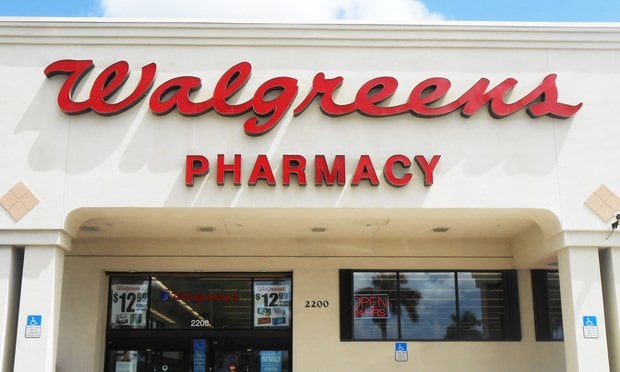Health care in the United States is expensive. Not only that, it's confusing. Between lack of price transparency, a complicated system of insurance claims, negotiated rates, copays and deductibles, many Americans simply have no idea what a health care procedure will cost–and thus avoid the health care system altogether.
The Health Care Cost Institute is just one of the many organizations that has been working in recent years to shed light on the complexity of the health care system. Recently, HCCI released its report on changes in health care cost and utilization between 2015 and 2019, with the intention of creating a snapshot that can be used to compare pre- and post-pandemic trends.
Recommended For You
"With the world still reeling from a once-in-a-generation pandemic, releasing data about health care utilization and spending in 2019 feels strange, and possibly even irrelevant, "Niall Brennan, president and CEO of HCCI writes. "It serves as a stark reminder of how much the world has changed and has sparked renewed reflection on the unimaginable suffering, loss, and grief the world has endured and continues to endure. We hope we are nearing a point at which we can refer to COVID-19 in the past tense and begin to study in earnest how it has affected health and health care in the US and around the world."
The report examines data from some 55 million people enrolled in an employer-sponsored health insurance plan, looking at changes in both spending and out-of-pocket health care costs. Notably, per-person spending surpassed $6,000 for the first time in 2019, growing 21.8% since 2015. In comparison, per-capita GDP grew 14.7% over the same period, and inflation clocked in at 7.9%.
To understand what's driving this growth, HCCI drilled down into individual cost factors, including outpatient services, prescription drugs, professional services and inpatient admissions.
"In all cases, double-digit growth in average prices drove increases in cumulative spending," the authors noted. "For three of the four services, utilization also grew, though at a substantially smaller amount compared to prices. Utilization of inpatient admissions declined substantially, by 12.5%, over the five-year period."
Check out the slideshow above for a more in-depth look at how costs have changed over the past five years.
© 2025 ALM Global, LLC, All Rights Reserved. Request academic re-use from www.copyright.com. All other uses, submit a request to [email protected]. For more information visit Asset & Logo Licensing.








